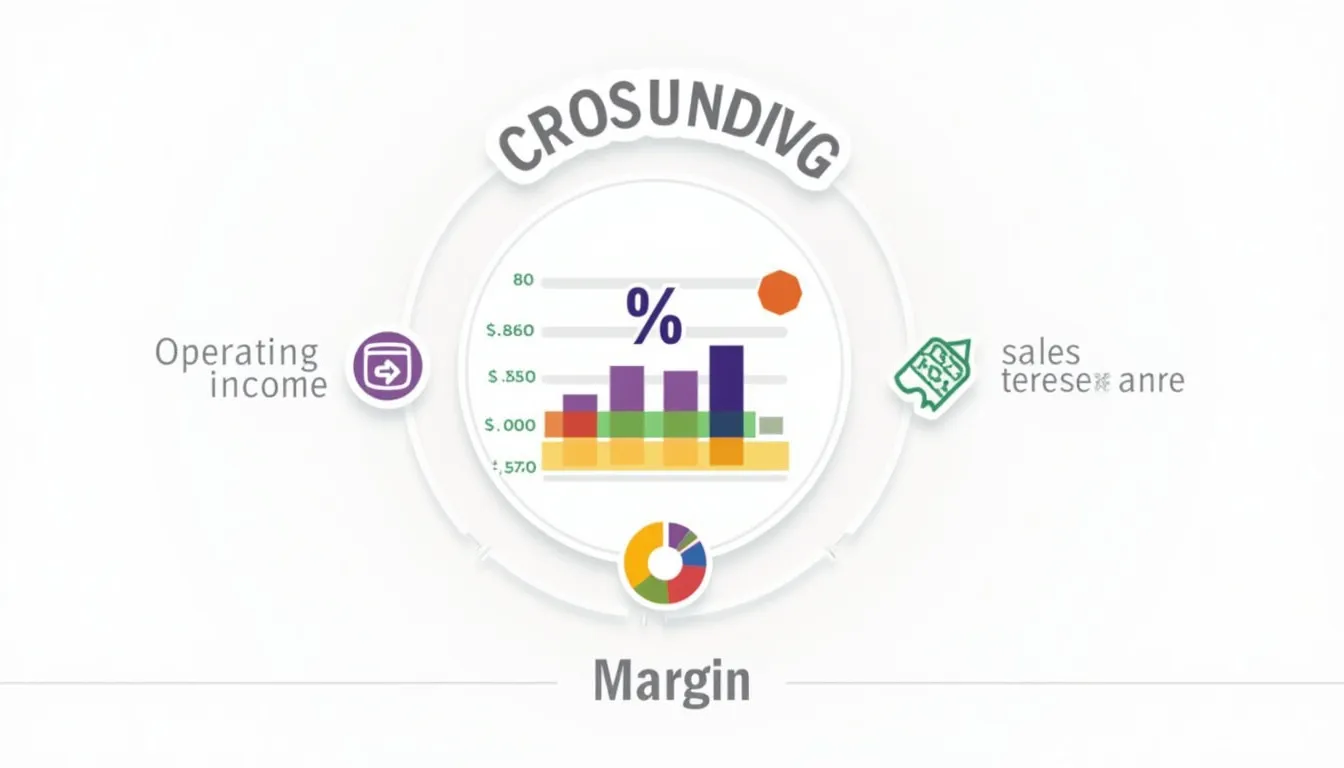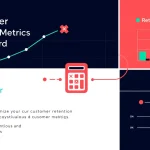Operating Margin Calculator
Is this tool helpful?
How to use the tool
- Enter Operating Income: Type your figure in dollars—for example 80 000 or 125 000.
- Input Sales Revenue: Add total sales such as 200 000 or 500 000. Revenue must be positive.
- Select “Calculate”: The script divides income by revenue and shows the percentage instantly.
- Interpret the number: A higher percentage means your core operations generate more profit per dollar sold.
Formula
$$\text{Operating Margin}= rac{\text{Operating Income}}{\text{Sales Revenue}}\times100\%$$ (Investopedia.com)
Example calculations
- Example 1: 80 000 ÷ 200 000 = 0.40 ⇒ 40 %.
- Example 2: 125 000 ÷ 500 000 = 0.25 ⇒ 25 %.
Quick-Facts
- Average S&P 500 operating margin: 13.4 % in 2022 (Statista, 2023).
- Manufacturing firms post median 8.7 % margins (NYU Stern Data, 2023).
- A margin below 0 % signals unprofitable operations (CFI, 2022).
- Credit analysts flag margins under 5 % as “vulnerability” (Moody’s Methodology, 2021).
FAQ
What is operating margin?
Operating margin is the percentage of sales left after paying operating costs; taxes and interest are excluded (Investopedia.com).
How does the calculator work?
You enter income and revenue; JavaScript divides the two numbers, multiplies by 100, and displays the result—no manual math.
What input range is allowed?
Both fields accept any positive number up to 1 e+15, covering startups to multinationals.
Why must sales revenue be positive?
Division by zero or negative revenue distorts percentages and misrepresents profitability (CFI, 2022).
When should you recalculate margin?
Update margins monthly or quarterly to spot cost trends early (PwC “Finance Benchmarking”, 2022).
What is a good margin by industry?
Software averages 23 %, retail averages 5 %—compare only within your sector (Damodaran Industry Margins, 2023).
Can operating margin exceed 100 %?
No. Operating income cannot surpass total sales because income is derived from sales (SEC Staff Accounting Bulletin).
What does a negative margin mean?
Expenses outstrip revenues; management should cut costs or raise prices to restore profitability (Harvard Business Review, 2020).
Important Disclaimer
The calculations, results, and content provided by our tools are not guaranteed to be accurate, complete, or reliable. Users are responsible for verifying and interpreting the results. Our content and tools may contain errors, biases, or inconsistencies. Do not enter personal data, sensitive information, or personally identifiable information in our web forms or tools. Such data entry violates our terms of service and may result in unauthorized disclosure to third parties. We reserve the right to save inputs and outputs from our tools for the purposes of error debugging, bias identification, and performance improvement. External companies providing AI models used in our tools may also save and process data in accordance with their own policies. By using our tools, you consent to this data collection and processing. We reserve the right to limit the usage of our tools based on current usability factors.







